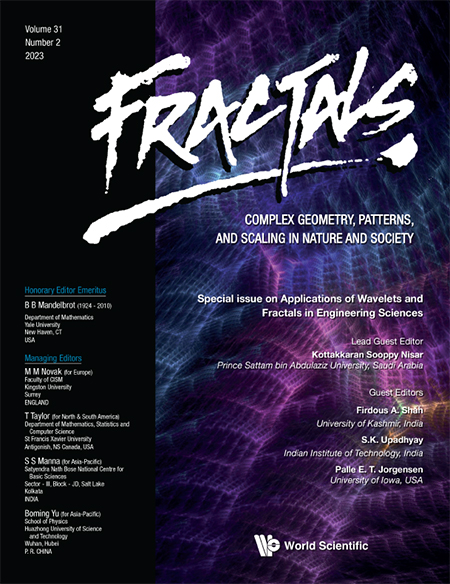ADAPTED HOMOTOPY PERTURBATION METHOD WITH SHEHU TRANSFORM FOR SOLVING CONFORMABLE FRACTIONAL NONLINEAR PARTIAL DIFFERENTIAL EQUATIONS
Abstract
There is considerable literature on solutions to the gas-dynamic equation (GDE) and Fokker–Planck equation (FPE), where the fractional derivative is expressed in terms of the Caputo fractional derivative. There is hardly any work on analytical and numerical GDE and FPE solutions involving conformable fractional derivative (CFD). For the reasons stated above, we are required to solve the GDE and FPE in the form of CFD. The main goal of this research is to offer a novel combined method by employing the conformable Shehu transform (CST) and the homotopy perturbation method (HPM) for extracting analytical and numerical solutions of the time-fractional conformable GDE and FPE. The proposed method is called the conformable Shehu homotopy perturbation method (CSHPM). To evaluate its efficiency and consistency, relative and absolute errors among the approximate and exact solutions to three nonlinear problems of GDE and FPE are considered numerically and graphically. Moreover, fifth-term approximate and exact solutions are also compared by 2D and 3D graphs. This method has the benefit of not requiring any minor or major physical parameter assumptions in the problem. As a result, it may be used to solve both weakly and strongly nonlinear problems, overcoming some of the inherent constraints of classic perturbation approaches. Second, while addressing nonlinear problems, the CSHPM does not require Adomian polynomials. Therefore, to solve nonlinear GDE and FPE, just a few computations are necessary. As a consequence, it outperforms homotopy analysis and Adomian decomposition approaches significantly. It does not require discretization or linearization, unlike traditional numerical methods. The convergence and error analysis of the series solutions are also presented.
| Remember to check out the Most Cited Articles! |
|---|
|
Check out New & Notable Titles in Nonlinear Science |


